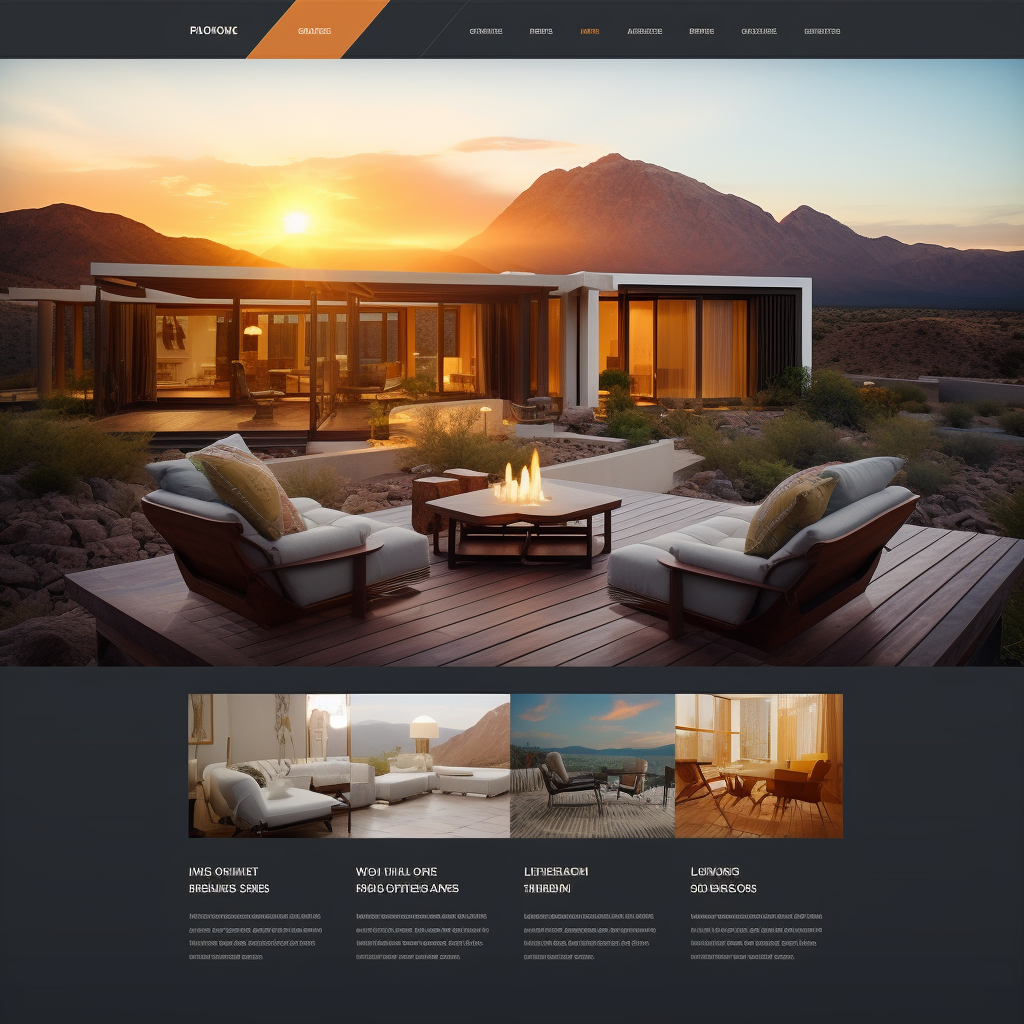

Sure, you could just choose the first website template you stumble upon, but then you’d miss the joy of creating an online presence that actually resonates with your brand and audience.
You’re crafting the digital face of your business, so it’s essential to pick a style that’s as unique and professional as you are. Consider your brand’s personality, and let it shine through your choice of colours, fonts, and layout.
Don’t just chase trends; prioritize user experience and ensure that your site’s as responsive as a helpful shop assistant.
Remember, you’re not just building a website; you’re setting the stage for your business’s future success. Choose wisely, and let your website be a beacon that guides customers straight to your virtual doorstep.
Your brand’s essence, a compound of visual elements and core values, should be the guiding force behind your website’s style. Crafting your brand story through your website requires a deep understanding of your brand identity.
It’s not just about picking a colour scheme or plastering your brand name across the header; it’s about creating a cohesive look and feels that resonates with your audience.
Every aspect of your website design, from the visuals and copy to the design elements like fonts and layouts, needs to communicate the essence of your brand. Good design is more than just aesthetics; it’s a tool to tell your brand’s story and to make an emotional connection with your audience.
Remember, consistency is key. Your website should mirror your brand’s core values and personality. Don’t let your message get lost in a sea of conflicting design choices. Instead, make sure every element on your website, from the images to the user interface, aligns with what your brand stands for.
This harmony between design and brand identity is what’ll make your small business stand out in the digital landscape.
As you delve into creating a unique website style for your small business, analyzing your competitors’ websites can provide invaluable insights and help you spot opportunities to excel where others fall short. It’s not just about copying what works but also about understanding the best practices in design and development that make for a strong online presence.
Start by considering these points:
Competitor websites are a gold mine for small business website ideas. Look for gaps in their offerings and unanswered questions that you can address. This doesn’t just put you ahead; it makes search engines take notice. Remember, it’s about more than just aesthetics; it’s the entire user experience that counts.
Gather feedback from previous customers and conduct market research to align your website elements with customer expectations. This will ensure your site resonates with your audience and holds up against the competition.
While deciding on the visual elements of your site, it’s essential to choose colour schemes and fonts that reflect your brand’s personality and ensure a seamless user experience. The colours and typography you select set the tone for your entire business website design.
When you choose a website design, consider the psychological impact colours have—they should evoke the emotions you want to be associated with your business. Similarly, the fonts you choose mustn’t only look good but also be easily readable for everyone, including the visually impaired.
In web design, readability is king. Opt for fonts that are clear and legible on any device. Remember to incorporate enough white space (or blank space) to prevent your content from overwhelming your visitors. Consistency in your design elements, from the landing page to your contact information, is key to a professional look.
Your design choices can make a lasting impression, so take the time to select a colour palette and fonts that align with your brand’s message. A well-thought-out design will help your site stand out and provide a positive experience for your visitors.
In designing your small business website, consider the user’s journey from the moment they land on your page to ensure a seamless and satisfying experience. Prioritizing user experience is vital to creating a website that stands out and effectively attracts customers. Here’s how you can enhance the journey for your visitors:
To boost your site’s visibility and user engagement, you need to integrate SEO best practices and ensure your design is mobile-responsive. As a small business owner, your SEO efforts are crucial in online marketing. By optimizing your web pages for search engines, you not only drive traffic but also set the stage for a successful business.
Start by making your website using responsive templates that adapt to different screen sizes, ensuring mobile responsiveness. Incorporate alt text for images, which helps search engines understand the content of your pictures and contributes to SEO. Large clickable buttons and scrollable content enhance the mobile experience, just like Partake Foods’ home page, making it easier for users to navigate and take action.
A clear call to action, as seen on Playbook’s website, guides visitors toward conversion, which is vital for your website’s success. Remember, the combination of SEO and mobile responsiveness isn’t just about attracting visitors but also providing a seamless experience that encourages them to stay and interact with your content. By focusing on these elements, you’re laying down a solid foundation for your online presence and future growth.
In wrapping up, remember that your website is your digital handshake. Just like The Rustic Brush, a DIY workshop that chose an earthy palette to echo their hands-on crafting experience, your site should reflect your unique brand.
Ensure it’s user-friendly, mobile-ready, and SEO-optimized to stand out. By doing so, you’ll not only attract but also retain customers, setting the stage for your small business’s online success.

Were changing the digital landscape. Gone is the expensive digital agency, instead we are working hard to put the power in your hands while leveraging our team of experts. Stop wasting your time and hard earned money and start putting it towards systems that generate results.
Copyright © 2024 Sixo Agency.